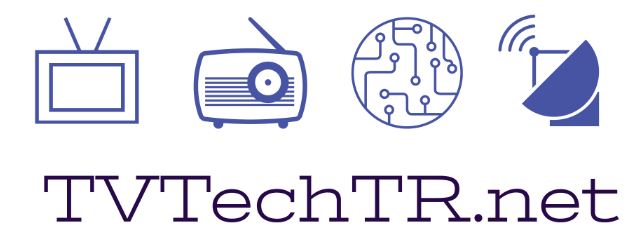I am glad to post an e-interview with Mr. Andrej Kostrasevic, CEO of Nomads. Before the Q/A, I would like to give a brief information about the Nomads.
 |
| Mr. Andrej Kostresevic |
Nomads is a full-stack multiscreen engineering company that specializes in the rapid development of custom direct to consumer Internet-video delivery products. It signature product NomadTV is a comprehensive white label OTT-as-a-service, which lets any content owner launch their own Netflix-like apps for mobile, web and connected devices, with support for the most popular business models - Amazon Video On Demand (AVOD), Subscription Video On Demand (SVOD), and Transactional Video On Demand (TVOD). For more information visit www.Nomads.co.
1. There is a trend to consume video more then watch TV. With this trend I think that the traditional TV networks will lose power and content creators will have the chance to bargain directly with the new aggregators. On the otherhand this new aggregators, like Netflix, produce its own content. How do you comment on this?
There is a clear trend toward things like binge-watching, distracted watching, and second-screen usage during video watching. The biggest driver of the shift away from broadcast, according to last year's survey of cord-cutters, is the desire to watch "what they want, when they want, where they want." This would imply a necessary evolution of the traditional linear TV.
Whenever an industry is touched by the internet, with its open distribution, and low barriers to entry, we see a similar outcome - a flattening of the industry, as various mediators lose their foothold, and a proliferation of new, smaller players. We are seeing the early stages of this shift. We think this is good for the content producers, who are now able to reach their audiences directly, which means better margins, a lower bar to clear to be considered a success, closer communication with their fans - all of which adds up to more experimentation with the content, and the business models. We think this is also good for the audiences, who are fatigued with endless superhero franchises and adult novel adaptations in trilogy format.
The exact mix of traditional media companies and newcomers, once the trend is fully played out, remains to be seen. What we can extrapolate for current trends, as well as from other industries which have undergone a similar transformation, is that the small newcomers - the startups of the media world - will be a significant part of the new landscape.
The likelihood of survival for the incumbents - TV networks, cable operators, and content creators - is going to be directly proportional to their willingness to adapt to what the customers are expecting (on-demand access, binge watching, multiple platforms, same-day releases).
For some of the existing players, this is unfortunately not as simple as it sounds, primarily due to the complex licensing landscape currently in place. This is the major reason behind Netflix's strategy of producing original content, and also the major flaw in the strategy some of the other players are employing - e.g. Hulu, Comcast and other players depending on content encumbered by complex licensing restrictions.
2. With the lose of revenue in the voice, telcos become more & more interested in TV distribution. How will this affect the traditional TV networks?
We are seeing telcos launching various types of OTT / Cable 2.0 offerings. As mentioned above, most of these offerings are flawed, primarily due to licensing restrictions. Customers are asking for "what they want, when they want, where they want" - not "what they want, a week after it airs, for 14 days then it's pulled.”
The traditional TV networks have an opportunity to bypass the current distribution and go after their audiences directly. Most of the larger ones are doing it- either as a branded pure-play OTT, or as off-brand, "toe in the water" experiments, with variable results.
3. What do you recommend media industry to be successful with the OTT?
Regardless of the current position in the ecosystem (production, aggregation, distribution or publishing), several things are going to be important going forward:
- Content is king - but content unencumbered by archaic licensing restrictions. Remember the "what/when/where I want" mantra.
- If you are not already, get comfortable with marketing directly to your audiences.
- Develop a close relationship with your audience - let them influence your content.
- OTT infrastructure costs and revenues are still a careful balancing act. Remember that it is possible to be successful and lose money. (for an example or losing money at scale, go to nomads.co/ott-calc and type in a large number of hours of video per month, with a low subscription fee)
4. What do you want to add?
A unique opportunity created by the OTT shift is the ability to easily reach expat communities, and offer them frictionless access to the content they miss from home. While this has been possible via satellite channels, it has been a relatively underserved niche. With the frictionless ability to subscribe to content from a mobile device, or smart TV, Turkish content owners should be looking for opportunities to market their content to the Turkish diaspora, which is large, valuable from an advertiser's standpoint, and under-served/under-targeted.
Thanks for your time.


Comments
Post a Comment
Comments will appear after approval, which may take time :)